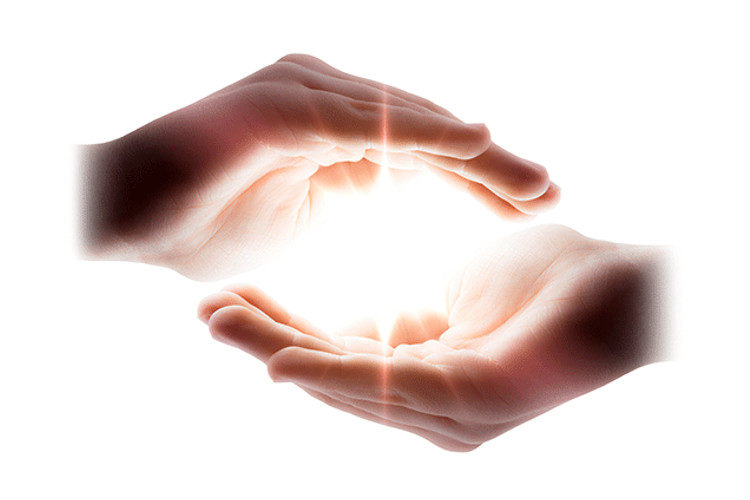The concept behind Reiki posits that there is an invisible life force energy in the universe. It flows through all of us to varying degrees and is what causes us to be alive. If your life energy is low, you may feel sick, depressed, stressed, or anxious, whereas if your life energy is high, you are likely to feel healthy, happy, and energetic.
The word "Reiki" is made up from two Japanese words "Rei" and "Ki." "Rei" is often translated as "God's wisdom" or "the wisdom of a Higher Power," while "Ki" means "life force energy." Reiki, then, is life force energy that emanates from a higher power. Reiki, thus, is a practice that transmits energy that can be physically healing but also spiritually healing. Practicing or receiving Reiki can be a wonderful addition to anyone's spiritual practices, regardless of your religious beliefs.
Of course, if you want to pursue religion, such as that offered by The Way International, that's wonderful, but you should understand that Reiki really is compatible with nearly any religious belief system.
What Happens When You Receive a Reiki Treatment?
Typically, a Reiki treatment is very relaxing. Different practitioners have different approaches, but regardless it should be a soothing treatment. You should expect to either lie on a massage-type table or sit in a chair. If you are comfortable with a hands-on treatment, the Reiki practitioner may actually touch you with his or her hands, or the practitioner may hold his or her palms three to four inches from your body. Certainly, you can request a no-touch treatment if that's what you prefer.
Many patients report feeling warm waves of relaxation flowing over and through them when they undergo Reiki treatments. You may feel the Reiki energy flowing into you from the practitioner's hands.
What Can Reiki Treat?
Reiki is a holistic modality. That means it treats the entire person, mind, body, emotions, and spirit, rather than simply addressing a symptom or symptoms. It can certainly work in conjunction with almost any other treatment.
Reiki has no negative side effects and almost no contraindications, except that it is not recommended for broken bones.
Comment: It would be unwise to start the healing process before a bone is properly set.
While Reiki may not heal everything, it may certainly help many maladies.
How Can You Learn Reiki?
Reiki is not something that is taught in the usual sense of the word "teach." You cannot learn Reiki by reading a book or taking a class, although you may learn about Reiki by doing these things.
Instead, Reiki is traditionally transmitted to a student by a Reiki master in a process called "attuning." During a Reiki attunement, a Reiki master initiates a student such that he or she is able to tap into the universal life force used by Reiki and transmit that force to others.
Once you have received a Reiki attunement, you are then able to transmit Reiki's healing energy to yourself and to others. You can even use Reiki on animals, plants, the Earth as an entity, and even inanimate objects.
What Is the Difference Between a Reiki Master and a More Common Practitioner?
When you are initially attuned, you are considered a Reiki Level I practitioner. At Level I, you can practice hands-on or no-touch Reiki as described above. Whether you practice touch or no-touch Reiki can depend on the tradition your Reiki master comes from.
If you'd like to progress, you may receive a second attunement, generally a year or more after your first, from a Reiki Master. As a Level II practitioner, you will understand how to practice Reiki from a distance and send healing energy to a person without the laying on of hands.
Should you progress through Levels III and IV, you can become a Reiki master.
Is Reiki a Religion?
Although Reiki is a spiritual practice, it is not religious in nature and is compatible with a variety of religious beliefs. Reiki has no particular theology or dogma, and there's nothing that you must learn in order to become Reiki attuned. However, because Reiki harnesses life force that comes from God, it is likely that practicing Reiki or even receiving a treatment will put you more in touch with God, regardless of your specific religious beliefs.
Reiki, although not religious, does promote a particular ethic. Reiki asks us to live in peace and harmony with one another and with the world that surrounds us. Reiki calls us to be compassionate towards one another and to take care of our environment. These ethics—common kindness, compassion, stewardship of the environment—are certainly compatible with most religions practiced in the world.




Comment: See also: